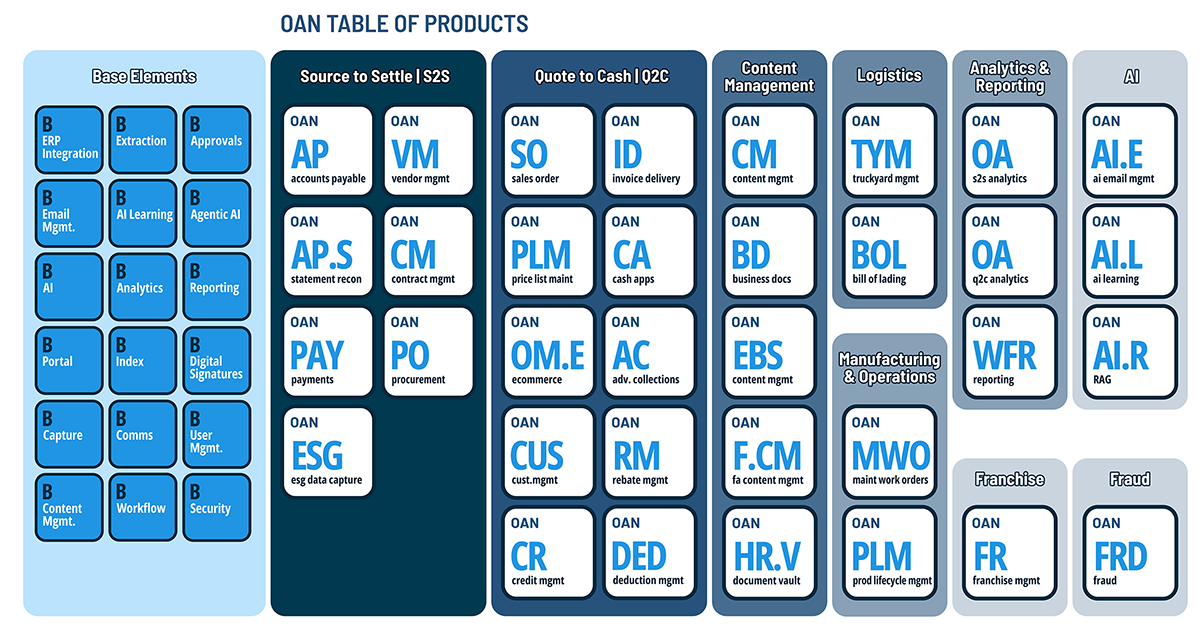In the modern enterprise, data is more than a byproduct of operations—it’s a strategic asset. But unlocking its full value requires more than just collecting it. It demands a culture of collaboration, shared goals, and integrated systems—particularly between two core functions: Finance and IT.
Historically siloed, Finance and IT are now finding themselves at the center of digital transformation initiatives. For CFOs seeking to turn data into informed decisions, and for CIOs aiming to build resilient and scalable systems, the close alignment between these functions is not just a necessity but a crucial and urgent requirement.
The Shifting Role of Finance in the Digital Enterprise
Finance teams are no longer just stewards of budgets and compliance; they are also responsible for driving financial growth and innovation. They’re expected to deliver real-time insights, guide strategic planning, and forecast risks with accuracy. Achieving this requires:
- Unified data across systems
- Access to real-time analytics
- Scalable automation platforms
- Governance over data quality and lineage
These aren’t just finance goals—they’re IT imperatives too. But without coordination, these objectives often stall in fragmented systems or misaligned roadmaps.
The Increasingly Vital Role of Finance-IT Collaboration in the Digital Transformation Era
At the heart of digital finance transformation lies a need for shared infrastructure, mutual accountability, and aligned incentives between Finance and IT teams. Here’s why this collaboration is increasingly vital:
1. Data Accessibility vs. Data Security
Finance needs self-service access to real-time data, while IT must uphold data integrity, privacy, and compliance standards. Collaboration ensures that accessibility doesn’t compromise security—and vice versa.
2. Technology Decisions Need Business Context
IT teams often deploy tools with enterprise-wide benefits in mind. Finance leaders, meanwhile, need domain-specific tools for FP&A, reporting, tax, or ESG. A collaborative approach helps ensure investments are both scalable and functional for business units.
3. Process Automation Requires Cross-Functional Input
Automation of workflows, such as financial close, invoice processing, or compliance reporting, requires inputs from both sides. Finance knows the process logic; IT owns the infrastructure. Working together accelerates deployment and reduces rework.
4. Governance Needs Buy-In Across the Enterprise
Whether it’s managing data lineage for audit readiness or implementing master data governance for procurement, no single team can enforce quality alone. A culture of shared governance, anchored by Finance and IT, is the foundation for trustworthy analytics.
Building Blocks of a Data-Driven Culture
So, what does successful Finance–IT alignment look like in practice? It’s more than shared dashboards or a Slack channel. It requires deliberate structure and mindset shifts.
A. Joint Ownership of Data Strategy
Both Finance and IT should co-own the enterprise data strategy, including:
- Data architecture
- Standardization protocols
- KPI definitions
- Data cleansing routines
CFOs must advocate for standard data taxonomies, while CIOs must prioritize finance-critical data in system roadmaps.
B. Agile Collaboration Models
Borrowing from DevOps principles, forward-thinking organizations are creating cross-functional pods for key transformation initiatives. A tax automation rollout, for example, might include:
- Finance analysts (requirements & testing)
- IT developers (integration & deployment)
- Data stewards (quality & lineage)
- Risk/compliance officers (governance)
This agile model shortens feedback loops and embeds finance domain expertise directly into technical execution.
C. Self-Service Analytics—Backed by IT Enablement
CFOs want faster insights, but not at the cost of reporting accuracy. Self-service BI platforms empower business users to generate reports, dashboards, and forecasts—but must be implemented with:
- Data quality controls
- Role-based access governance
- Training and adoption support
IT’s role is not just to provision tools, but to enable responsible usage of those tools across finance functions.
Shared KPIs and Transformation Goals: The Key to Aligning Incentives for Collaboration
Digital transformation initiatives often fail when IT and Finance pursue misaligned goals. Instead, organizations should define shared KPIs, such as:
- Days to close (finance metric, but tech-enabled)
- Time to deploy automation (joint ownership)
- Data issue resolution time
- Analytics adoption rates in business teams
Aligning incentives encourages both functions to pull in the same direction.
What CFOs Should Be Asking
To foster a more data-driven, tech-enabled finance organization, CFOs should initiate conversations with their CIO counterparts around:
- How is our financial data managed and governed across various systems?
- Are we investing in the proper integration points between ERP, analytics, and planning tools?
- Can we reduce dependency on manual reconciliations and spreadsheet-based reporting?
- What’s our roadmap for self-service analytics in finance?
- How can we ensure compliance and audit readiness without overburdening the IT department?
By driving these discussions, finance leaders can help shape a technology environment that supports agility, transparency, and strategic foresight.
How oAppsNET Fits In
While the exact platform details may vary, oAppsNET’s philosophy aligns with the principles outlined above: empowering finance teams with tools that integrate, automate, and accelerate decision-making—without compromising on governance or scalability.
Through ERP integrations, AI-powered workflows, and data-first approaches, organizations working with oAppsNET are better equipped to unify IT and finance objectives, ensuring technology becomes a driver of outcomes—not a bottleneck.
The next generation of finance leaders will not be defined solely by their understanding of balance sheets or forecasts—but by their ability to build cross-functional alliances that turn data into strategy. Every important decision must be data-driven; CFOs can no longer afford to operate without IT alignment. Let us guide the way.

